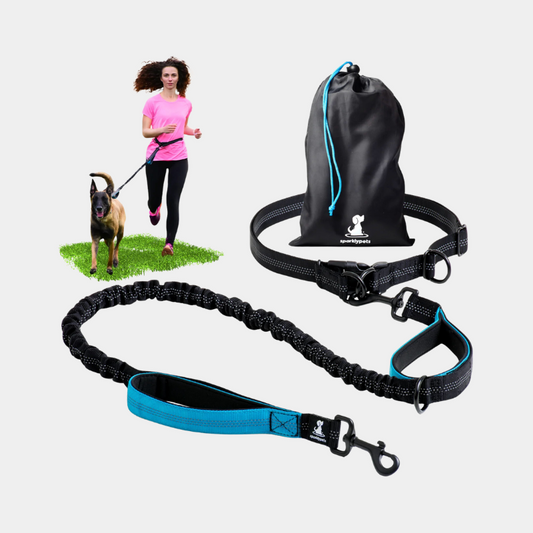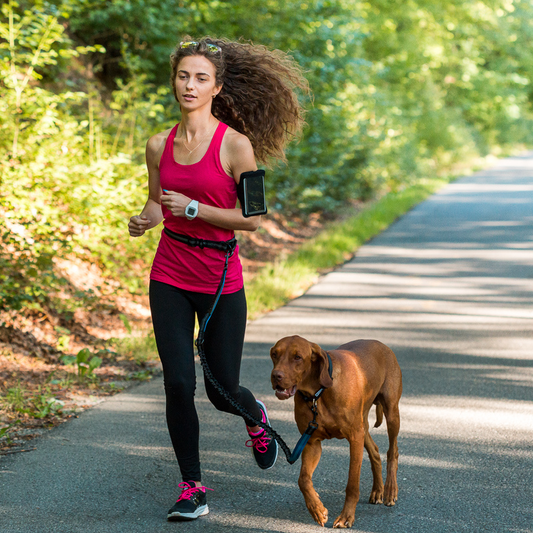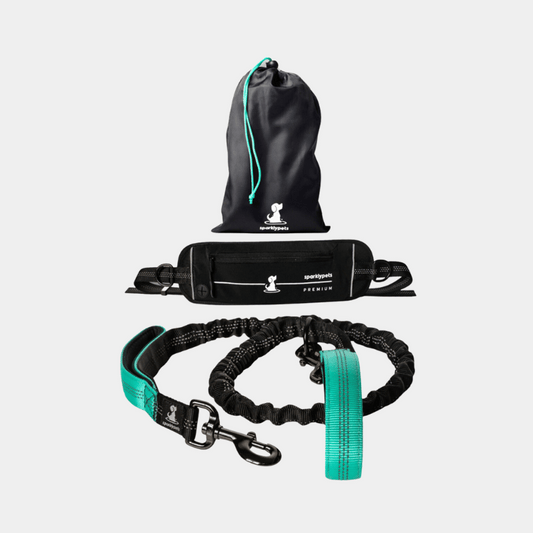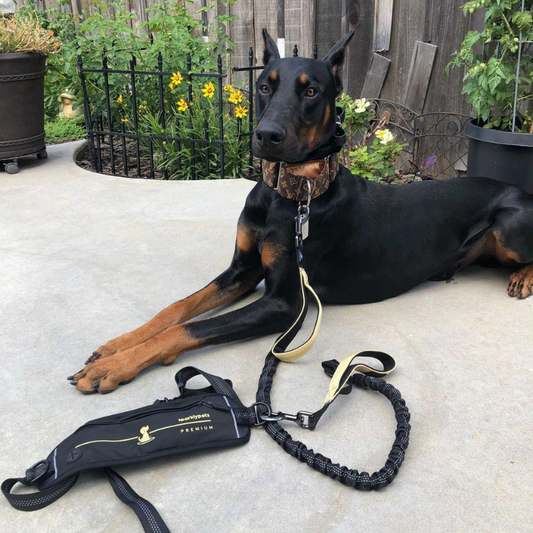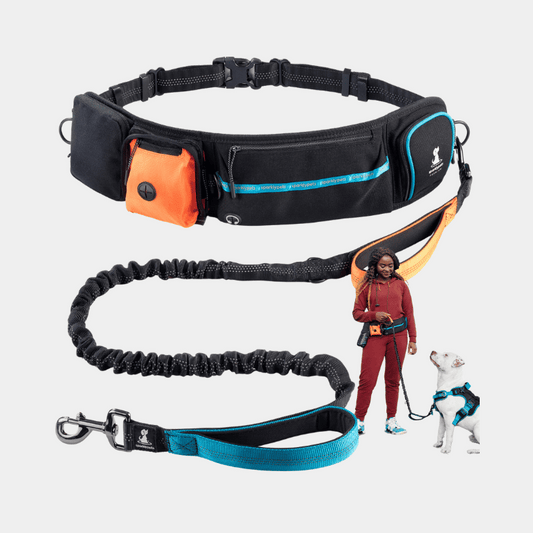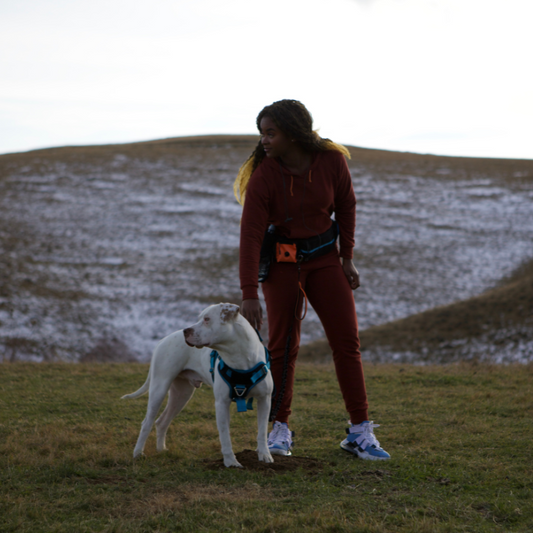Having a family pet can teach your children some responsibility, sure, but it’s also your responsibility to make sure that both your dog and your child are safe from one another. In the end, neither dogs nor children know better. If you’re looking for ways to make sure your toddler and your dog get along, keep reading.
Supervise everything
Even if your dog is the kindest dog you’ve ever met and your kid is the most peaceful soul on the face of the earth, all interactions between your child and your pet should be supervised. That’s because you never know what can make one of them jump and cause the other one involuntary damage.
Think about it this way, your child and your dog could be playing nicely one moment, but your dog might interpret one of your kid’s movements as rough play and engage in that activity. At that moment, your kid may get scared or even hurt. If you’re supervising, however, you can catch this behaviour before it escalates to something potentially dangerous.
Another scenario to think about is your kid being curious about the dog and maybe trying to tug their tail. Beside the fact that you should be there to be able to use this as a teachable moment and show your child that the dog also can suffer from tugging, if you’re not watching them while this interaction takes place, your dog might try to warn the child that he or she shouldn’t do that. This is another situation that could escalate if the pair isn’t supervised.
There are obviously a lot more scenarios like these, where play can get dangerous, so this is why we suggest always supervising interactions between small children and family dogs.
Offer alone time for each
Just like everyone else, both your dog and your children may crave some alone time with their loved one - in this case, you. Make sure you offer it to each, on separate occasions. Beside the fact that this can strengthen the bond you have with one another, alone time also gives them an opportunity to calm down if needed or re-energize.
This also ensures that neither of them gets jealous that you’re spending time with the other one, as that can start rivalries you would not want.
Start Obedience Training
When you introduce your dog to your child, especially if the dog is an adult, make sure Fido has already had some obedience training. That way, if things go sideways, you have full control of your dog and you can use recall to de-escalate the situation.
Actually, obedience training is a must even if you don’t have children of your own. Think about it this way: let’s say you have visitors and this time, they bring their toddler with them. If your dog’s first instinct is to jump on the child, for a kiss or a sniff and that kid is not used to pets being so close, they may get scared, causing the dog to get frightened as well. On the other hand, if your dog is able to listen to basic commands like stay, sit or come here, you can ensure that both the doggo and the kiddo have a pleasant experience with one another and eventually can even become friends. It’s also a method of making sure both your dog and the child are safe.

Reward them for kindness
Nice play time should be rewarded. So when you see your child and your dog playing safely and enjoying each other’s company, reinforce that behavior by rewarding both of them. You can give them both a treat, or you can do anything else that can send the message that this is the type of behavior you want from them. For your dog, that may be as simple as a treat or a few pets, along with a good boy. For your child, if may be a few kind words, showing them that being gentle and caring about the dog is good.
Watch their body language
Along with supervising, you should always watch your dog and your child’s body language when they are around each other. For your dog, watch out for a tucked tail that could signal fear, or pulled back ears and showing teeth, which are signs of aggression.
For children, make sure your child is not fearful or aggressive towards the dog, as either of those reactions can create problems with the interaction.
All in all, keeping a good eye on your children and your dog is always a good idea. It will help you asses the situation, ensure everyone’s safety and make sure all of their needs are met.


